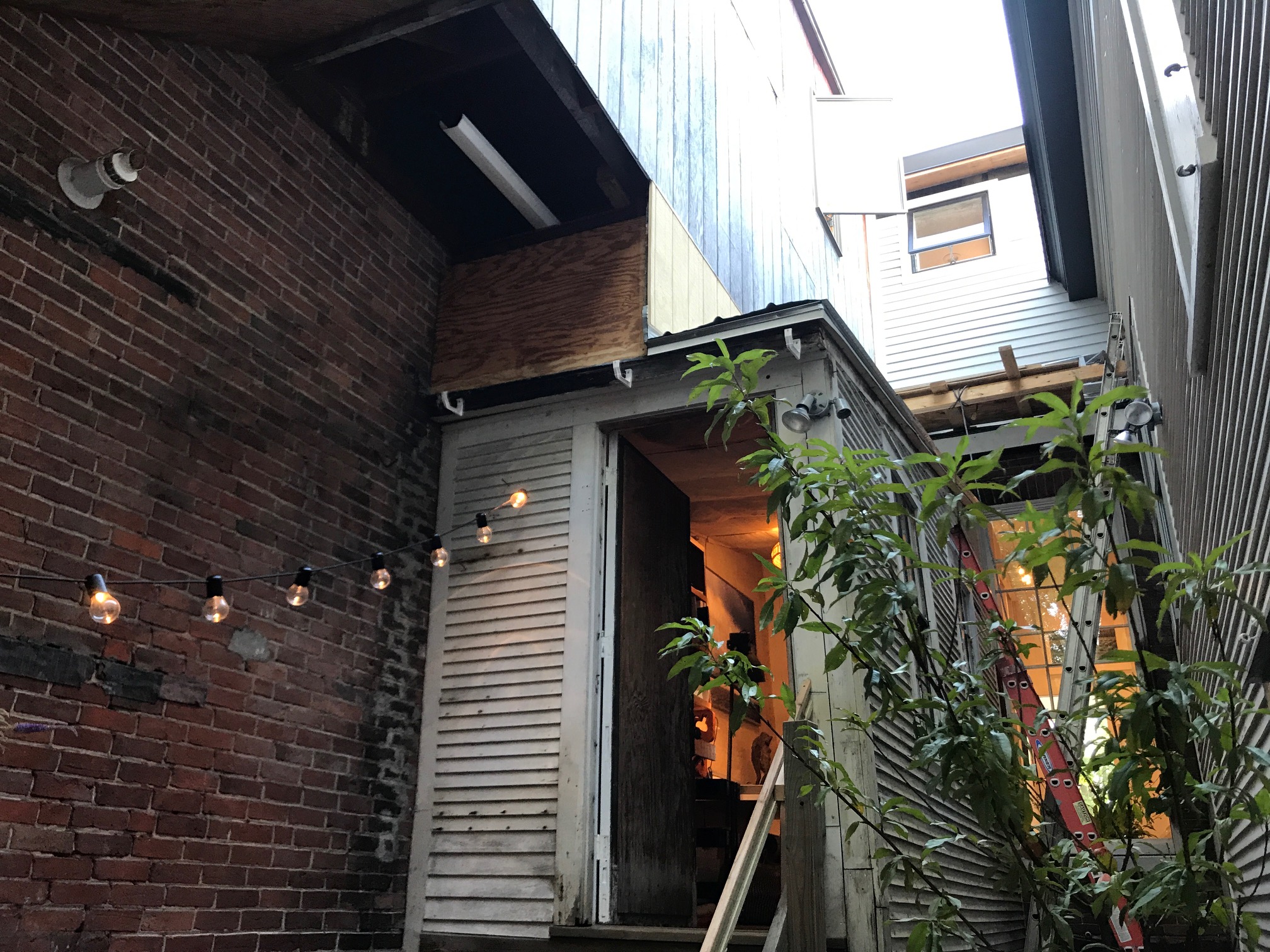This week we are with our grandchildren in Boston helping out while their mother and father go to work and the children’s schools are not yet in full swing. We are looking forward to this time to be with them for two full weeks of adventures! A few weeks ago we posted some images in gratitude for trips, hikes, family and friends, gardens in our backyard and views of the sea and lakes after long upward climbs. Now, as summer comes regrettably to an close, we continue to reflect on the many blessings of this bountiful and beautiful season.
In this post, we want to take a moment to think about the importance of friends gathering and celebrating the arts. One of our friends, Anni Mackay, owns two galleries in two different small Vermont towns, both called Big Town Gallery. We enjoyed splendid occasions this summer orchestrated by Anni and Big Town Gallery…several openings, and dinners, and celebrations of books and cooking. It is inspiring the way Anni reaches out to her communities and creates occasions to honor the arts, to present beautiful food and the chance to mingle and talk with other community members and friends in a setting surrounded by the best of what human beings create.
One evening, Anni suggested that we gather for a dinner after an art opening in her tiny rectangle of open ground behind one of the galleries. Anni has created a magical place there, where you can peek up to see the stars while surrounded by buildings, where there are long narrow picnic tables and benches and twinkling lights. All guest brought contributions…smoked chicken, spinach and strawberry salad, bread for the French bakery next door, fruit pies. We enjoyed a most delicious and celebratory meal. No one wanted the evening to end.
The arts bring communities together and provide us with sustenance and inspiration. We can follow Anni's lead in schools where we celebrate beautiful student work that contributes to the health and vibrancy of communities everywhere. We can make schools centers of culture, innovation, beauty and connection.
Thank you, Anni, for all that you do to inspire and uplift everyone around you with the work of artists who see what is possible and strive to make it visible…and for envisioning and creating a generative, generous and beautiful world.






























